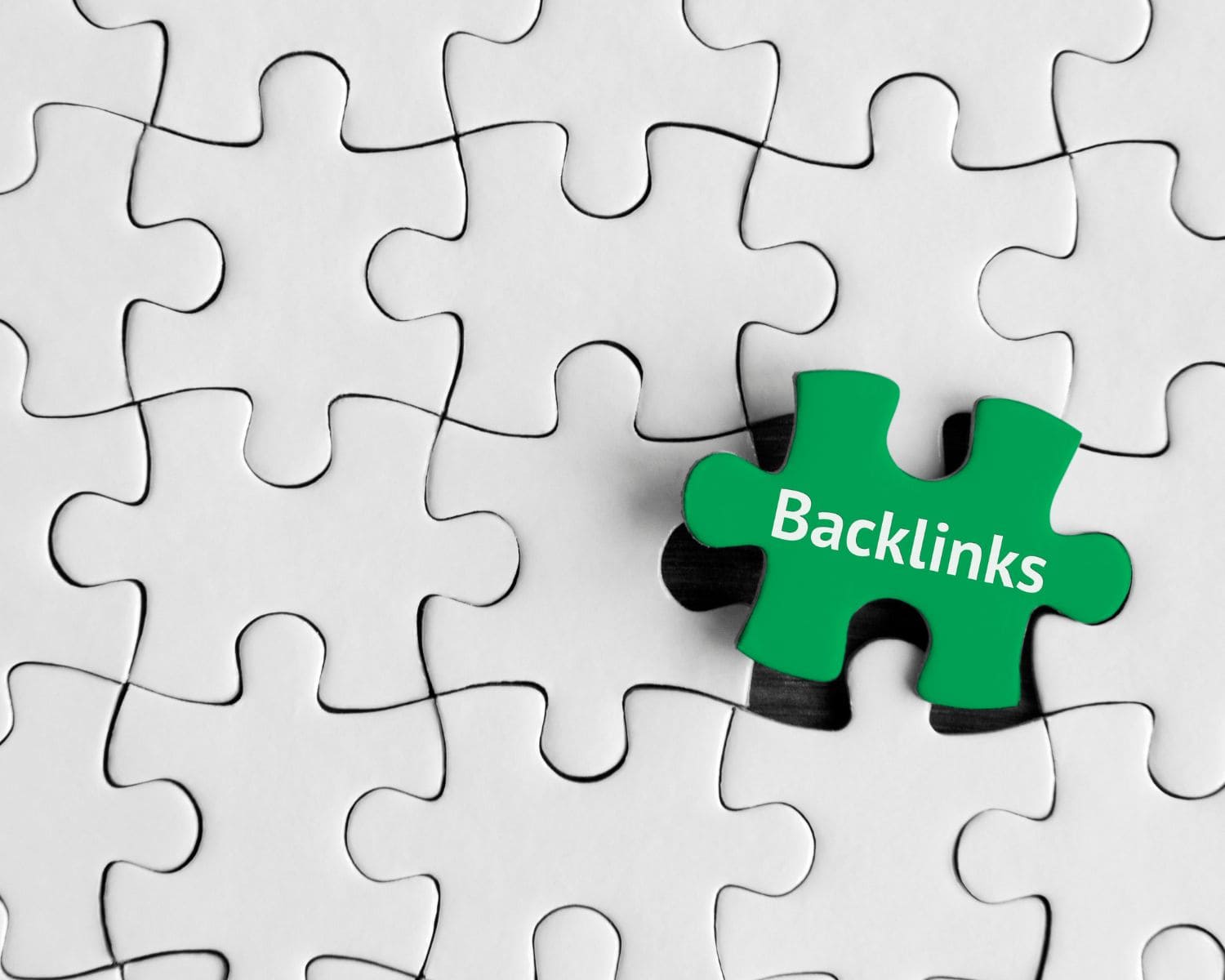In the realm of search engine optimization (SEO), backlinks play a crucial role in determining your website’s authority and visibility. However, not all backlinks are created equal. Some links from low-quality or spammy websites can harm your SEO efforts. This is where the process of “disavowing” toxic backlinks comes into play. Protect your SEO by Disavowing Toxic Backlinks. We’ll delve into the importance of disavowing harmful backlinks, the steps involved, and why this practice is vital for maintaining a healthy online presence.
Understanding Toxic Backlinks
Toxic backlinks are links from websites with poor reputation, irrelevant content, or manipulative intentions. These links can arise from various sources, including link farms, spammy directories, and malicious websites. When search engines like Google detect these harmful links pointing to your site, they can interpret it as an attempt to manipulate search rankings, leading to potential penalties and a drop in organic traffic.
The Impact of Toxic Backlinks
Search Engine Penalties
Search engines constantly refine their algorithms to provide users with high-quality search results. If your website is associated with many toxic backlinks, it may trigger search engine penalties that negatively affect your rankings. This can result in decreased visibility and, consequently, reduced organic traffic.
Reputation Damage
Toxic backlinks can tarnish your website’s credibility and reputation. If visitors stumble upon your site through irrelevant or spammy sources, they might perceive your website as untrustworthy or unreliable, undermining your efforts to establish authority and trust within your industry.
User Experience
Irrelevant backlinks can lead users to unrelated content, causing frustration and driving them away from your site. This negatively impacts user experience and can increase your website’s bounce rate, indicating to search engines that your site doesn’t meet user expectations.
Why Disavowing Toxic Backlinks Matters
Disavowing toxic backlinks is an essential practice to protect your website’s SEO health and reputation. Here’s why it matters:
Preserving SEO Authority
Search engines assign value to your website based on the quality of backlinks it receives. Disavowing toxic backlinks helps you retain the authority of high-quality links, ensuring that your SEO efforts are rewarded.
Avoiding Search Penalties
By disavowing harmful links, you’re proactively informing search engines that you disassociate yourself from these links. This reduces the likelihood of receiving penalties due to association with spammy or manipulative websites.
Improving Rankings
As you remove toxic backlinks, your website’s link profile becomes cleaner and more relevant. This can lead to improved search rankings and increased visibility in search results.
Enhancing User Experience
Removing irrelevant or harmful links enhances user experience. When visitors access your site through quality backlinks, they’re more likely to find relevant and valuable content, which can lead to longer visit durations and improved engagement metrics.
How to Disavow Toxic Backlinks
Identify Toxic Backlinks
Before taking any action, you need to identify which backlinks are toxic. Utilize tools like Google Search Console, Ahrefs, or SEMrush to analyze your link profile and flag harmful links that might be impacting your site’s SEO.
Compile a Disavow List
Create a list of the toxic backlinks you want to disavow. This list will be submitted to search engines to inform them of your decision to distance your site from these links.
Prepare the Disavow File
Google provides a disavow tool that allows you to upload a text file containing the list of toxic links. The file format should be simple text, with one URL per line, and each domain should be preceded by “domain:” (e.g., “domain:example.com”).



